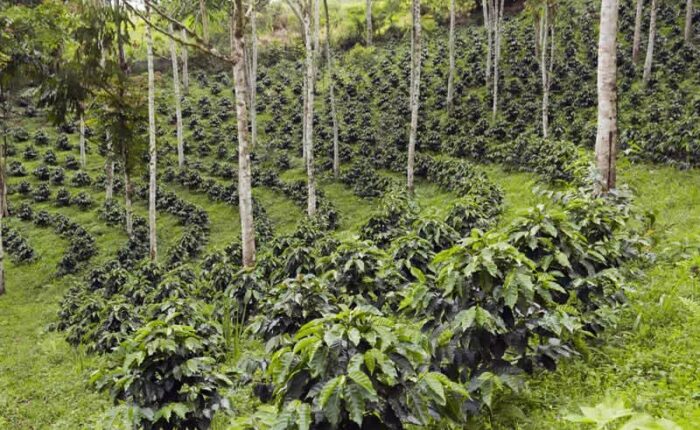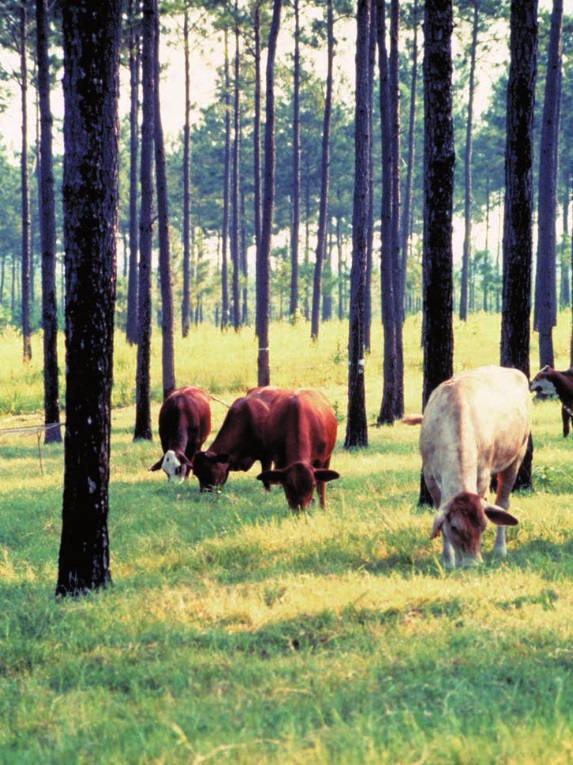Regenerative Agriculture – Why It’s Important

Living in a city or the suburbs near very little farmland one might not think very much about what it takes to produce the food we eat and why healthy agricultural practices are important. Research is, however, saying that conventional farming practices suffer from serious problems. Conventional practices have resulted in significant amounts of topsoil erosion resulting in land which is not as suitable to farming as it once was. This has led the UN’s Food and Agriculture Organization to go as far as to say that “we must stop soil erosion to save our future”. Conventional farming methods have caused a significant release of greenhouse gas emissions contributing to climate change. A 2016 OECD report says that 17% of global emissions come from direct agricultural activities while an additional 7 to 14% of emissions come from agriculture land-use practices (e.g. clearing forests for farming).
Research has said that agriculture is the greatest contributor to biodiversity loss and the greatest consumer of increasingly limited freshwater resources with a projected increase in demand for freshwater in agriculture expected over the next few decades. Conventional methods have led to financial hardships for farmers due to the costs of farm inputs such as synthetic fertilizers and pesticides. Conventional food production contributes significantly to humans diseases such as the now widespread COVID 19. The future of agriculture lies in tackling these problems while at the same time increasing yields to feed a growing global population.
The Solution – Regenerative Agriculture
The solution is Regenerative Agriculture (RA). RA consists of farming which goes beyond just doing no harm to the environment (i.e. sustainable agriculture) but actually enhances or regenerates the natural environment. A good definition from RA consultancy Terra Genesis International is: “a system of farming principles and practices that increase biodiversity, enrich soils, restore watersheds, and enhance ecosystem services” which helps “reverse current global trends of atmospheric accumulation of carbon, offers increased yields, resilience to climate instability, and higher health and vitality for farming and ranching communities.”
RA typically includes one or more of the following farming practices (more advantages exist than mentioned). First is a no-till system meaning no physical agitation of soil such as digging or overturning resulting in better soil structure. Second is the elimination of bare soil through the use of cover crops to provide the soil with nutrients. Third is the fostering of plant diversity using crop rotations to reduce insects, plant diseases, weeds, and harmful microorganisms. Fourth is the integration of crops and animals to improve the health of animals and the farmland. Fifth is the minimal use of pesticides and synthetic fertilizers to reduce environmental harm.
Examples of RA systems include Conservation Agriculture (CA) which is a no-till system with cover crops, Multistrata Agroforestry which is a plant diverse system that involves mixing trees with an understory of one or more layers of crops, and Organic Agriculture which involves a no-till cover crop plant diverse system with no synthetic fertilizers & pesticides.
Research sometimes shows that RA systems can improve on yields compared to conventional techniques. For example, consider regenerative organic agriculture research done by the Rodale Institute (rodaleinstitute.org) in the USA, which shows regenerative organic agriculture outperforming conventional agriculture in both yields and profits while at the same time using less energy and reversing climate change.
How Can Regenerative Agriculture Solve Environmental Problems?
Through RA practices erosion is reduced due to soil structure which lets water drain into the soil (increasing the retention of water) and also protects the soil from rain and wind by covering the soil with cover crops. RA practices reduce climate change and improve yields by keeping significant amounts of carbon in the soil (and sequestering carbon in the atmosphere and storing it in the soil) instead of releasing it into the atmosphere. RA methods also encourage on-farm biodiversity both above the ground and in the soil by rotating crops, not keeping the soil bare and encouraging plant diversity. These methods allow for reducing diseasing in the soil as well as natural pest control. The Rodale Institute website describes this approach by saying that “a rich mix of microorganisms, plants, and animals on the farm creates healthy soil, strong crops, and resilient natural systems that don’t require chemical intervention to manage pests and diseases.” Finally, certain RA systems can also reduce farm costs by making farmers less dependent on costly pesticide and fertilizer inputs and instead rely on natural methods to grow healthy soils and crops.
Regenerative Agriculture and Human Health
The human health dangers of food production are highlighted by the impacts of COVID 19 – which many say came to humans from an animal food market in China. We need to make sure that food production practices do not contribute to harming human health.
I have previously written about how our current meat production practices (such as intensive livestock farming and the animal food markets associated with COVID 19) have resulted in human infectious disease. RA techniques can reduce problems related to agriculture’s impact on human health in different ways. First, RA methods generally have a reduced environmental impact in relation to conventional industrial agriculture resulting in reduced human health problems. For instance, RA can reverse or at least reduce climate change through healthy soils (meaning better human health through fewer natural disasters, reduced heat stress, reduced infectious disease cases from diseases such as Malaria, etc.).

Next take the RA technique known as Silvopasture (which combines trees, livestock, and forage in an open environment for grazing of land by livestock) which benefits livestock by providing space to move around freely, which can improve the health of animals and humans. As another example consider Organic Agriculture which prohibits the use of pesticides and instead relies on natural pest control methods. Research is saying that certain pesticides disrupt the natural production of hormones in humans resulting in adverse effects on reproductive and sexual development. Pesticides have also been linked to a significant decline in bee populations (resulting in problems with human food production) and health hazards for farm workers. There is also research showing that fruits and vegetables are not as nutritious as they were in the past due to current farm soils not being as healthy as a result of conventional agricultural practices. Soil health is something that RA methods emphasize as noted above.
To find out more visit the Regeneration International website (regenerationinternational.org). Also, watch the award-winning movie The Biggest Little Farm, released in 2018, describing the experience of a couple who worked to build a farm using RA methods that is in harmony with nature.
